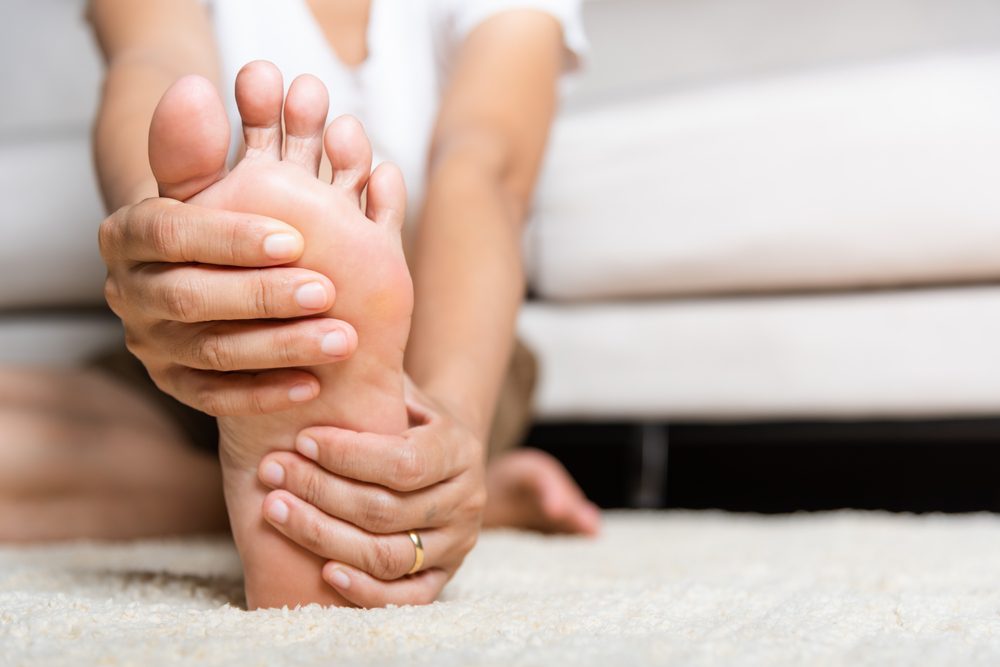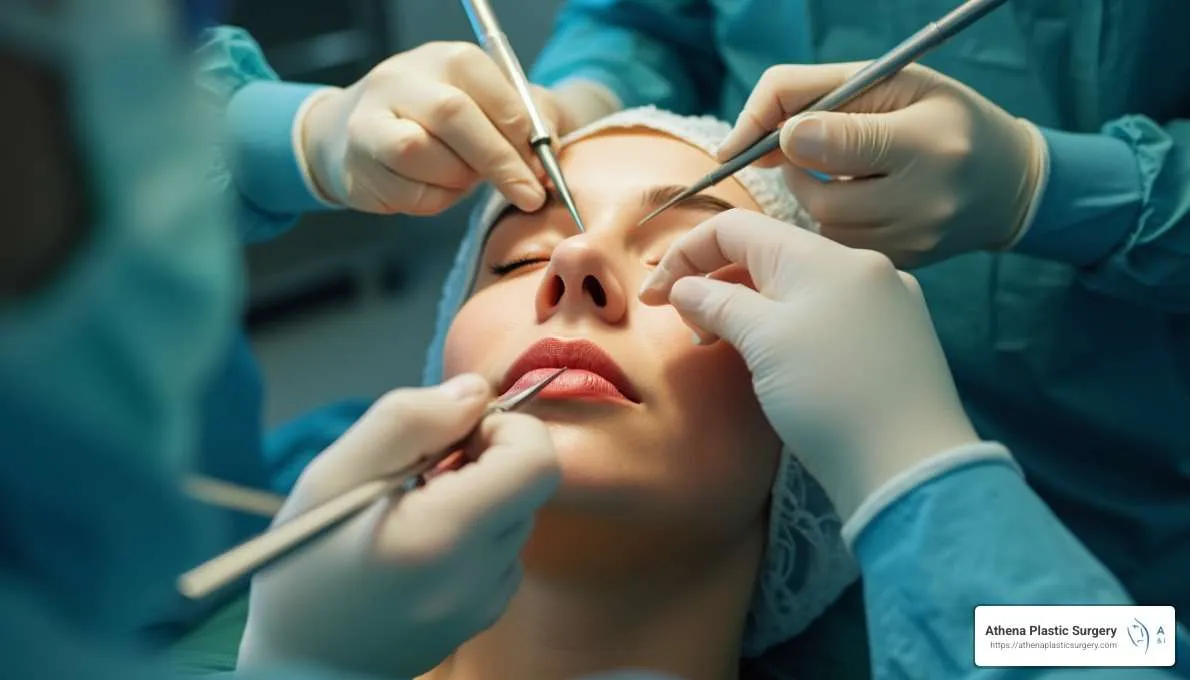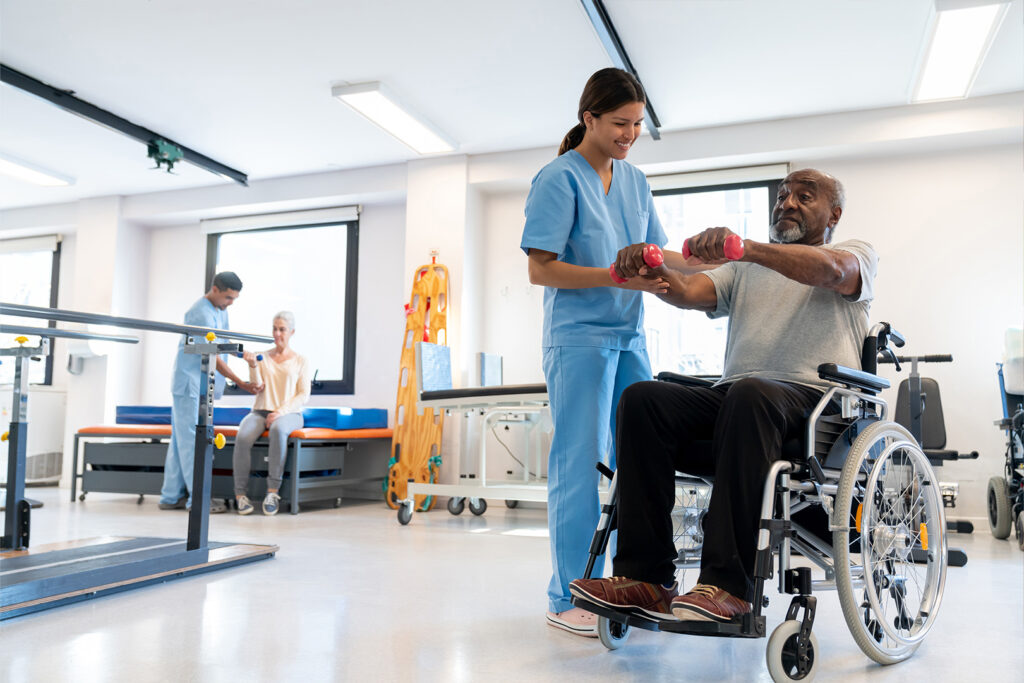Med spas combine traditional day spa services with supervised aesthetic treatments. They operate under licensed medical oversight and use devices and protocols that meet clinical standards. People visit med spas for skin maintenance, targeted treatments, and expert guidance. These services connect self-care with appearance, relaxation, and medically guided aesthetics:
Boosting Physical Appearance
Simple routines start with skin assessments, as staff review hydration, texture, and sun exposure. Treatments may include hydrafacials tailored to skin type, laser-based procedures for tone and clarity, and other services that address surface-level concerns. You get a plan that aligns with specific goals, and the steps are logged for review.
Because appearance work involves trade-offs, technicians discuss downtime, frequency, and expected variability. You might follow a schedule that alternates exfoliation with nourishment, which reduces overlap and supports recovery between visits. A few standard approaches include:
- Professional facials with exfoliation and targeted masks
- Light therapy or gentle peels for surface renewal
While outcomes vary, the process remains structured, and the records help track changes over time.
Providing Relaxation
When you enter a med spa, the environment is typically designed to reduce sensory overload, and the appointment flow can help. You may receive a treatment outline in advance, which eases decision fatigue. Staff may explain the steps in plain language and guide you through timing, touchpoints, and aftercare.
Some visitors may prefer minimal conversation during services, while others value walkthroughs. If noise and pace in your week are high, rituals are used to help you maintain a calmer state before and after the appointment. For those who track habits, pairing appointments with hydration, sleep targets, or screen-time limits adds a practical layer to relaxation practices.
Offering Medical Aesthetics
Medical aesthetics provides trained oversight, device calibration, and protocols for safety checks, as well as a structured consultation process. Treatments may include neuromodulators, dermal fillers, energy-based skin tightening, and advanced peels. Each procedure follows screening for medical history, allergies, and medication interactions, which sets guardrails.
Because dosing, placement, and device settings significantly impact outcomes, licensed providers map the anatomy, review risks, and obtain informed consent. You may get pre- and post-care instructions and follow-up visits to support assessment. The clinical side intersects with self-care through measurable steps: photography under consistent lighting, interval-based scheduling, and documented product usage. Set a simple plan that focuses on self-care:
- Book a consultation to find the right options that match your goals.
- Ask about protocols, downtime ranges, and aftercare.
- Schedule follow-ups for review and adjustments.
Visit a Med Spa
A med spa aligns self-care with steady routines, clear information, and supervised services. Begin by identifying a licensed facility, reviewing the provider’s credentials, and examining the treatment menus for scope and transparency. Bring a short health list, including medications, allergies, and prior procedures, and share it during intake. Track responses in a notes app, and photograph baseline skin in consistent light for comparison. If you value structure, set reminders for hydration, SPF application, and sleep targets around appointment days. To take a practical next step, contact a reputable med spa, request a consultation, and outline one measurable goal for your first visit.





Leave a Reply